SS 213:1998 – Specification for uPVC Pipes and Fittings for Soil, Waste, and Vent Applications outlines the requirements and standards for unplasticized polyvinyl chloride (uPVC) pipes and fittings used in soil, waste, and vent applications. This standard ensures that uPVC pipes and fittings used in these applications are durable, reliable, and safe.
Key Aspects of SS 213:1998
1. Scope and Application
- Scope: This standard specifies requirements for uPVC pipes and fittings intended for soil, waste, and vent applications.
- Application: Applicable to plumbing systems in residential, commercial, and industrial buildings.
Material Requirements
2. Material Specifications
- uPVC Composition: Pipes and fittings should be made from high-quality unplasticized polyvinyl chloride (uPVC) to ensure durability and resistance to corrosion.
- Additives: Only additives necessary for processing or improving the properties of uPVC should be used.
Pipe and Fitting Requirements
3. Dimensions and Tolerances
- Standard Sizes: Pipes and fittings must conform to specified dimensions and tolerances to ensure compatibility and proper function.
- Wall Thickness: The wall thickness of pipes should meet the requirements to ensure strength and durability.
4. Mechanical Properties
- Tensile Strength: Pipes and fittings should have adequate tensile strength to withstand the pressures and stresses encountered in typical applications.
- Impact Resistance: Ensure that pipes and fittings have sufficient impact resistance to prevent damage during handling and installation.
Performance Requirements
5. Hydrostatic Pressure Test
- Test Conditions: Pipes and fittings should withstand specified hydrostatic pressure without leakage or failure for a given period.
- Test Procedures: Follow the specified test procedures to ensure consistent and reliable results.
6. Thermal Stability
- Heat Resistance: Pipes and fittings should exhibit thermal stability, maintaining their properties and dimensions under high temperatures.
Installation Guidelines
7. Jointing Methods
- Solvent Cement Joints: Use solvent cement approved for uPVC pipes and fittings to ensure secure and leak-proof joints.
- Mechanical Joints: Follow manufacturer instructions for mechanical joints to ensure proper installation.
8. Support and Fixing
- Pipe Supports: Provide adequate support for pipes to prevent sagging and stress on joints.
- Expansion Allowances: Allow for thermal expansion and contraction in the pipe installation to prevent damage.
Testing and Quality Control
9. Testing Procedures
- Routine Testing: Conduct routine testing on samples of pipes and fittings to ensure compliance with the standard.
- Batch Testing: Test each batch of pipes and fittings to verify their quality and performance.
10. Quality Control
- Inspection: Perform regular inspections during manufacturing to ensure adherence to specifications.
- Certification: Ensure that pipes and fittings are certified by a recognized authority to meet the standard.
Documentation and Records
11. Product Documentation
- Specifications: Maintain detailed documentation of the specifications, including dimensions, material composition, and performance characteristics.
- Test Reports: Keep records of all test reports to verify compliance with the standard.
Compliance and Certification
12. Compliance
- Regulatory Requirements: Ensure compliance with local regulations and building codes.
- Industry Standards: Follow industry best practices for the installation and maintenance of uPVC pipes and fittings.
13. Certification
- Certified Products: Use only certified uPVC pipes and fittings that meet the requirements of SS 213:1998.
- Professional Installation: Ensure that installation is carried out by qualified professionals.
Example Compliance Checklist
| Activity | Frequency | Description |
|---|---|---|
| Material Verification | Initial | Verify that the uPVC material meets the specified requirements. |
| Dimensional Inspection | Routine | Check the dimensions and tolerances of pipes and fittings. |
| Tensile Strength Testing | Batch | Test the tensile strength of samples from each batch. |
| Hydrostatic Pressure Testing | Routine | Conduct hydrostatic pressure tests to ensure leak-proof performance. |
| Thermal Stability Testing | Routine | Test for thermal stability under specified conditions. |
| Joint Testing | Routine | Test the integrity of solvent cement and mechanical joints. |
| Installation Inspection | Ongoing | Inspect installations to ensure compliance with guidelines. |
| Certification Verification | Ongoing | Ensure all products are certified and documentation is maintained. |
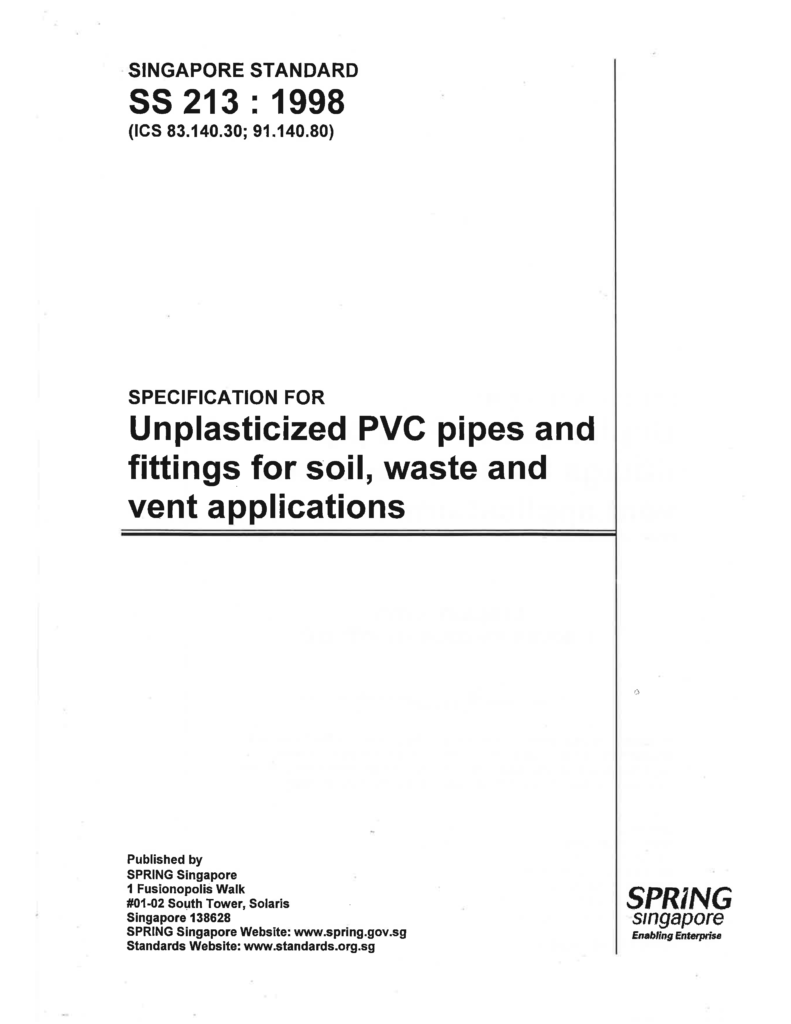
Conclusion
SS 213:1998 provides comprehensive guidelines for the material specifications, dimensions, performance, and installation of uPVC pipes and fittings used in soil, waste, and vent applications. Adhering to this standard ensures the reliability, safety, and durability of plumbing systems. For detailed procedures and specific requirements, refer to the full SS 213:1998 document and consult with professionals experienced in plumbing installations.
Note: All Password are [“salaimep” or “salaimep.com”]
Download |OneDrive, Google Drive
Also Download – SS 272:2012 UPVC Pipes and Fittings Below Ground for Drainline Download
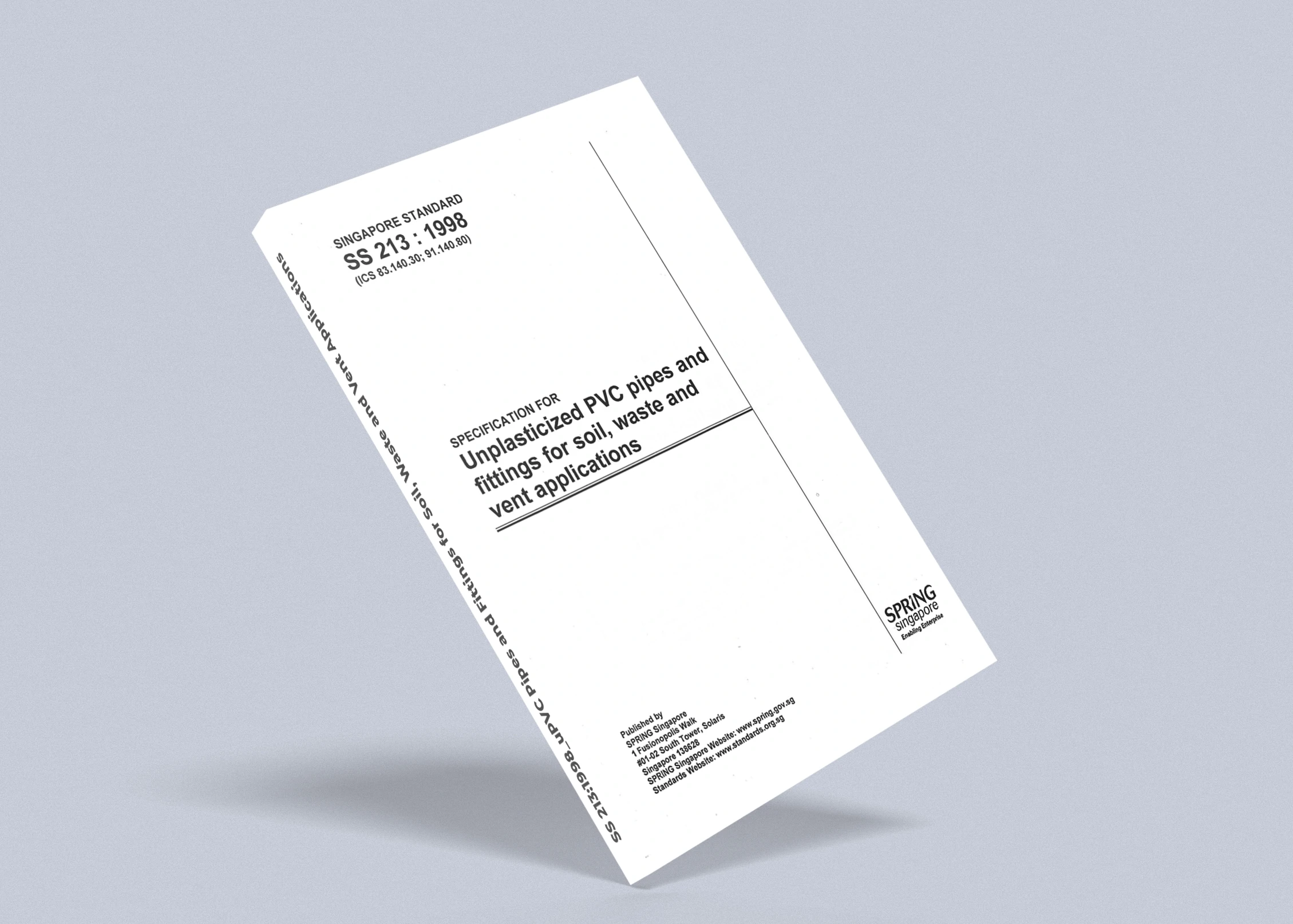
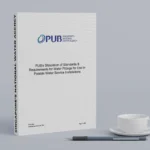
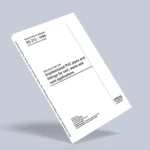




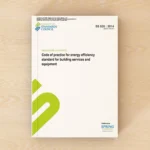
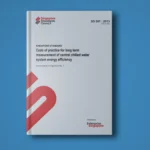
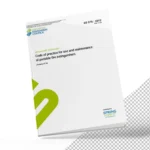
1 thought on “SS 213:1998 uPVC Pipes and Fittings for Soil, Waste and Vent Applications”